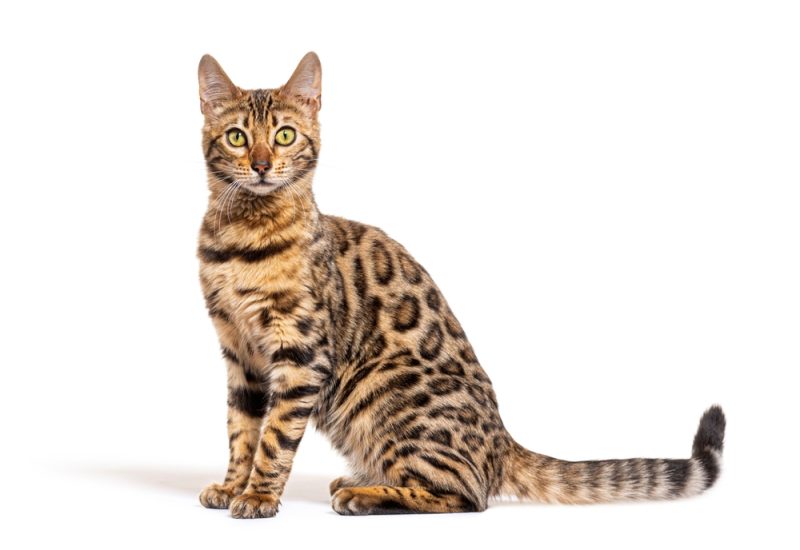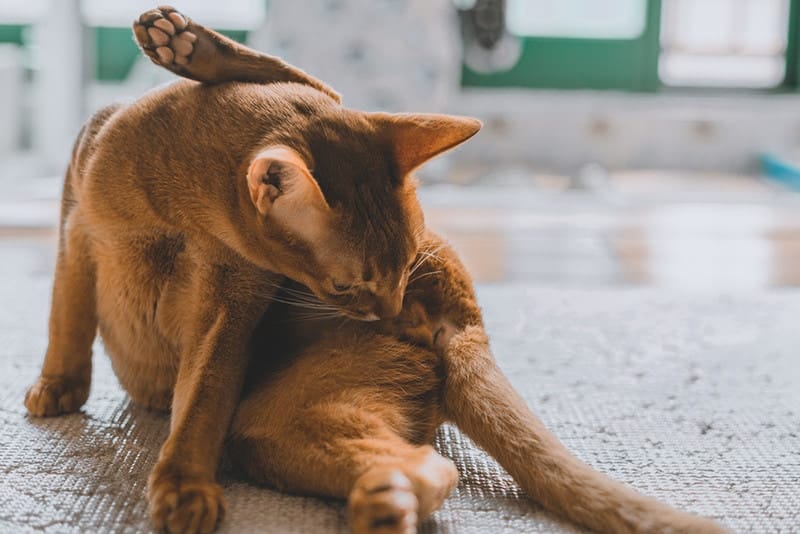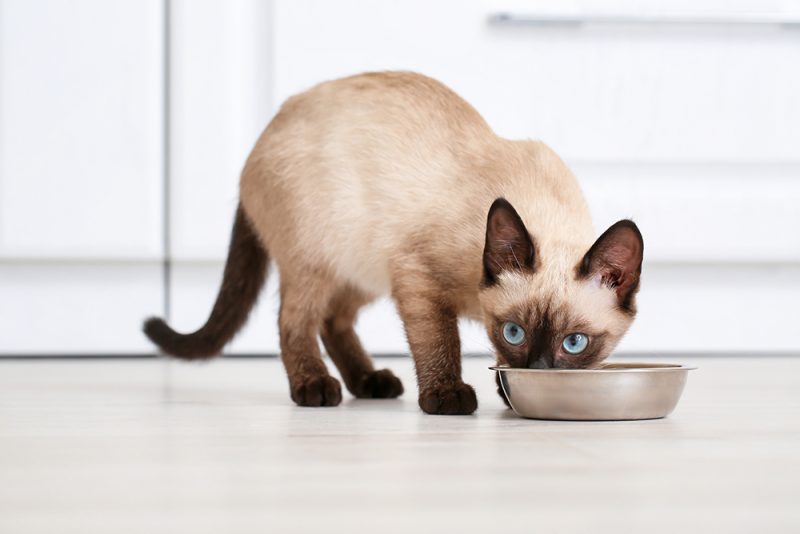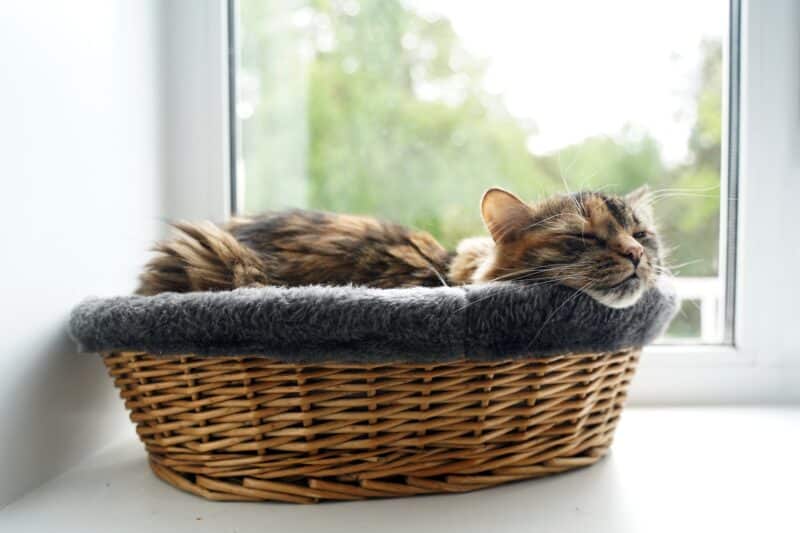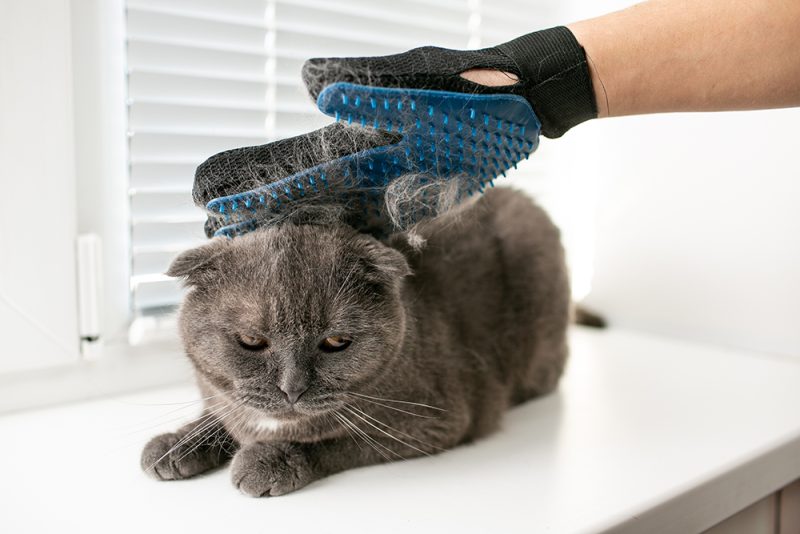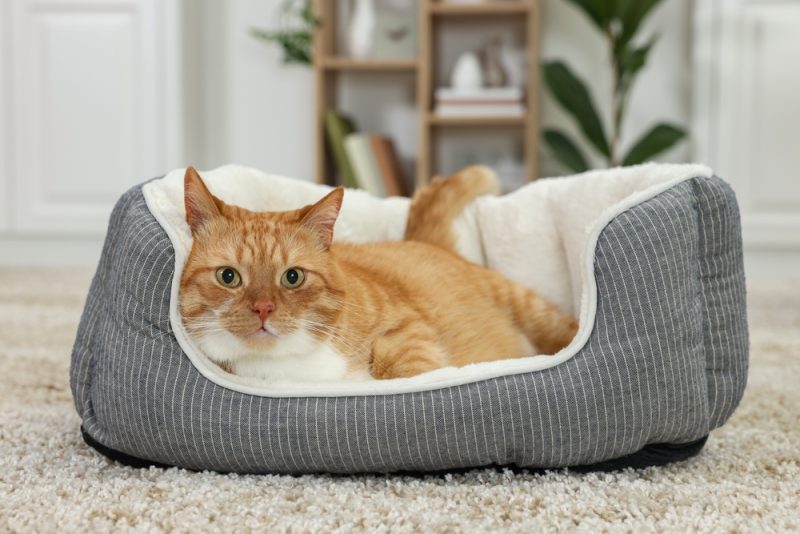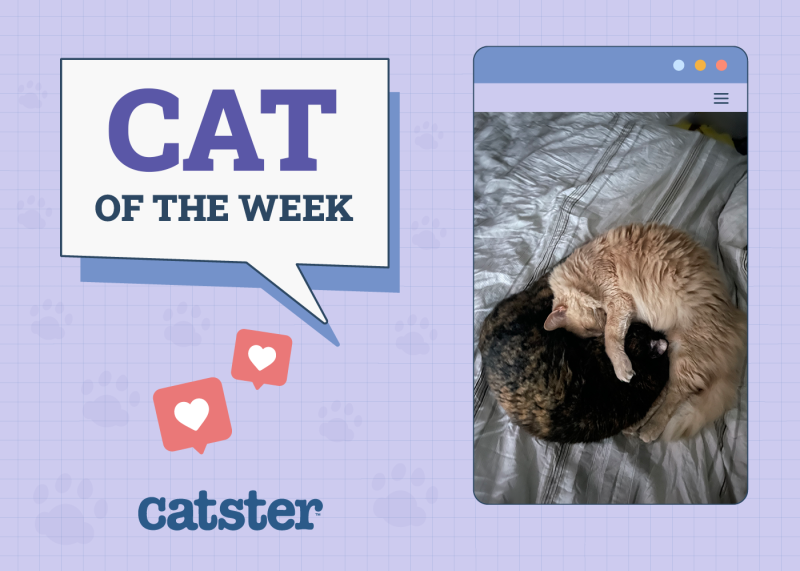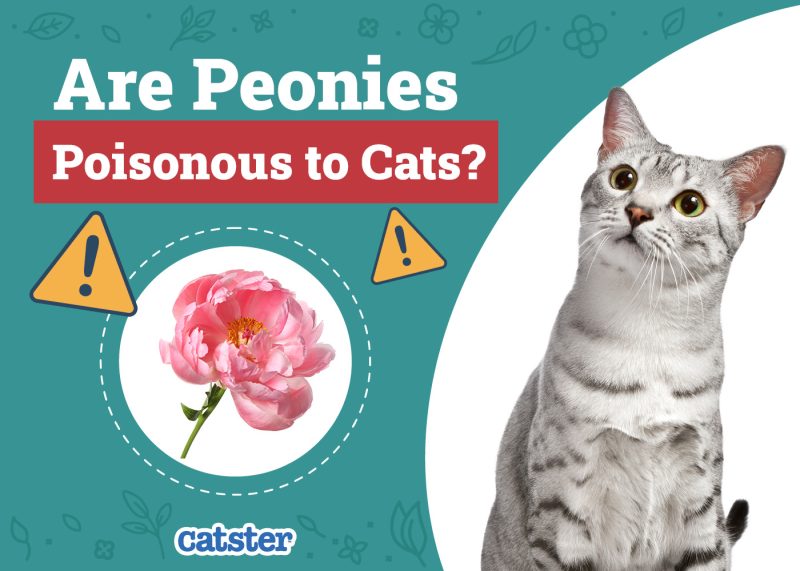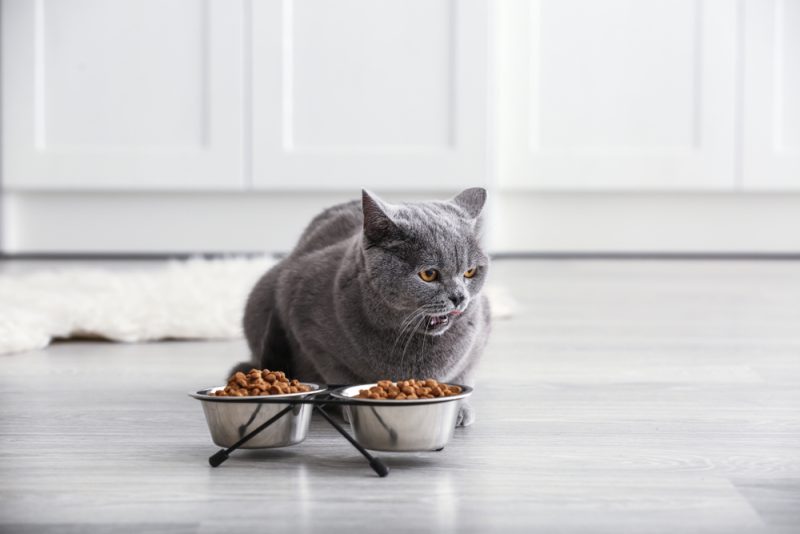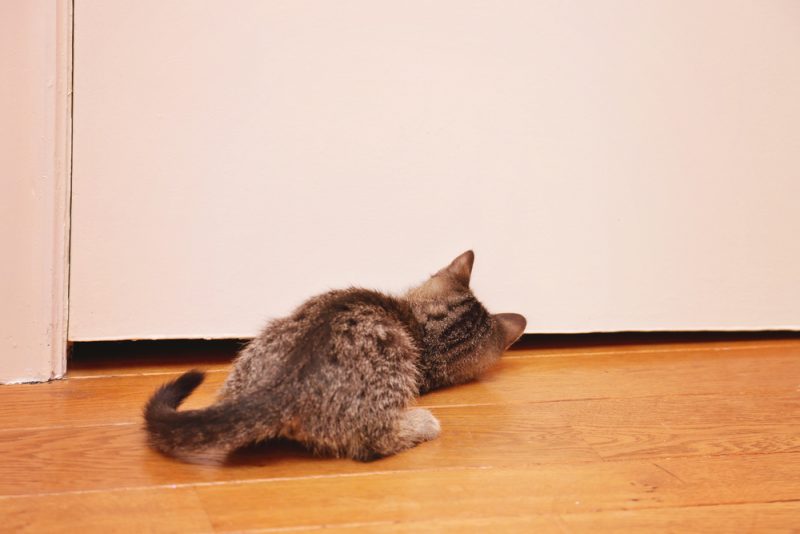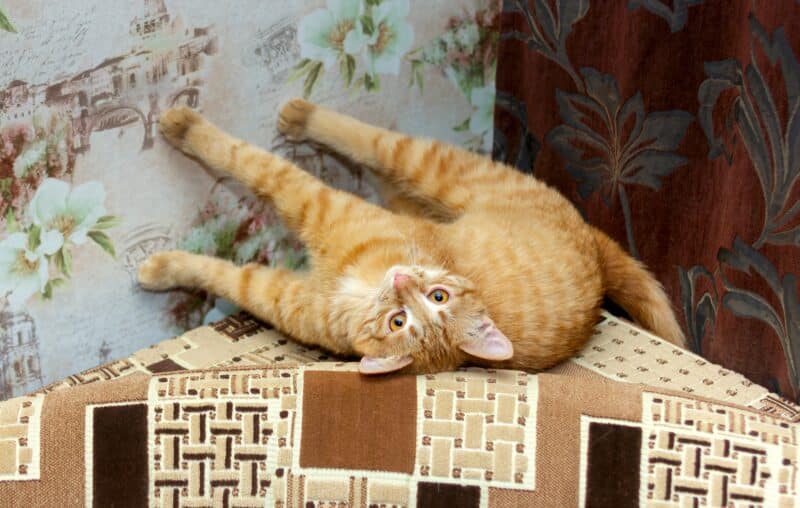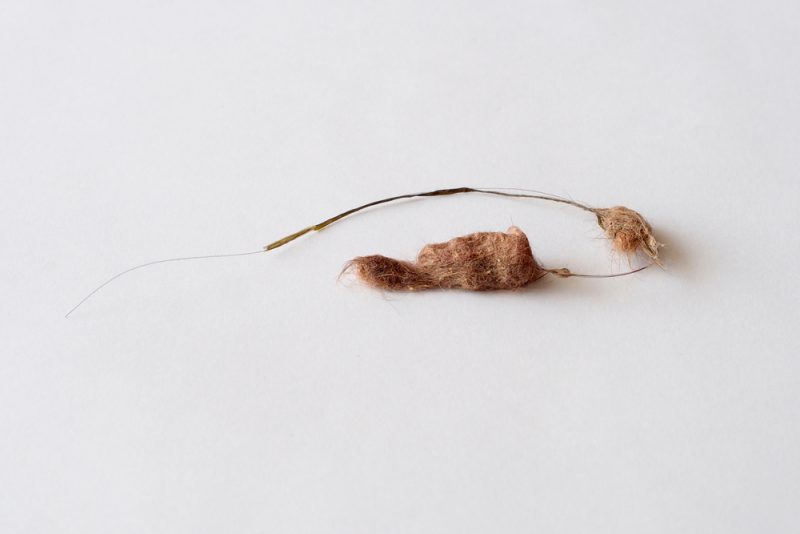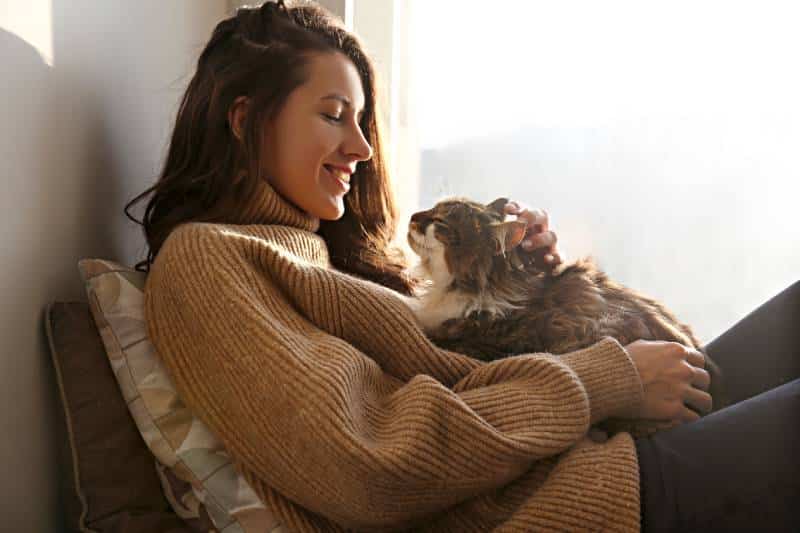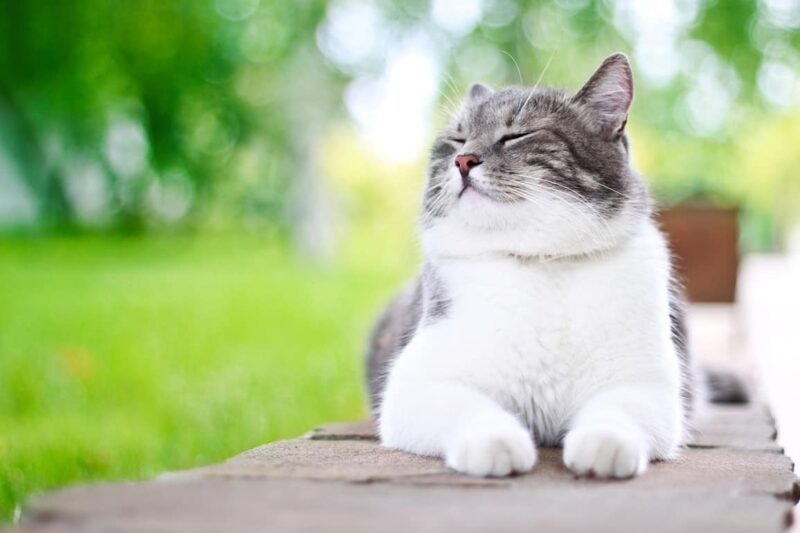In this article
View 8 More +Breed Overview
Height:
12–16 inches
Weight:
8–18 pounds
Lifespan:
12–16 years
Colors:
Spotted marble; brown, silver, snow
Suitable for:
Small families with plenty of space, experienced cat owners looking for a challenge
Temperament:
Willful, wild, mischievous, and entertaining
Bengal Cats are an American cat breed that mixes native domestic shorthair breeds with the Asian Leopard Cat. The result is a small, muscular cat with fantastic spots and an explosive personality. Bengal Cats are willful, smart as a whip, and infinitely curious. Bengal Cats will appeal to anyone looking for a cat with a big personality or people who appreciate domestic cats that look like big cats. Bengal Cats can thrive in certain situations, but they can also be a hassle if they are not cared for properly.
Bengal Cat Characteristics

Bengal Cat Kittens
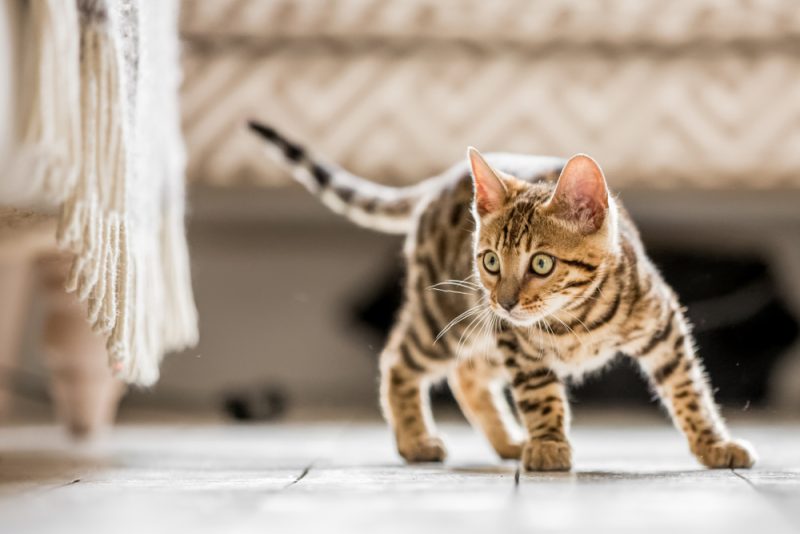
If you are interested in getting a Bengal kitten, you will likely need to go through a breeder. Since Asian Leopard Cats are not super common, few people are able to breed these cats. Most Bengal Cats have to be bred from other established captive Bengal Cat populations. The Asian Leopard Cat is not native to North America, so the chances of stumbling upon a Bengal Cat in the shelter or by accident are extremely low.
Your best bet is to seek out a reputable Bengal Cat breeder. You can search through online databases that are kept by cat associations to find breeders that have secured recognition from the community.

Temperament & Intelligence of the Bengal Cat
Bengal Cats are defined by their intelligence, willful personalities, and energy levels. These cats always seem to be up to something. This can make them incredibly fun or incredibly frustrating, depending on the person and the living situation. Bengal Cats can be highly entertaining, but they can also be highly destructive. Bengal Cats are highly curious, which will draw them into interesting situations. They will be fascinated by things like bugs, water, small objects, and shiny things. Bengal Cats are not known for lying around quietly. They are always moving, thinking, and doing something.
Are These Cats Good for Families? 👪
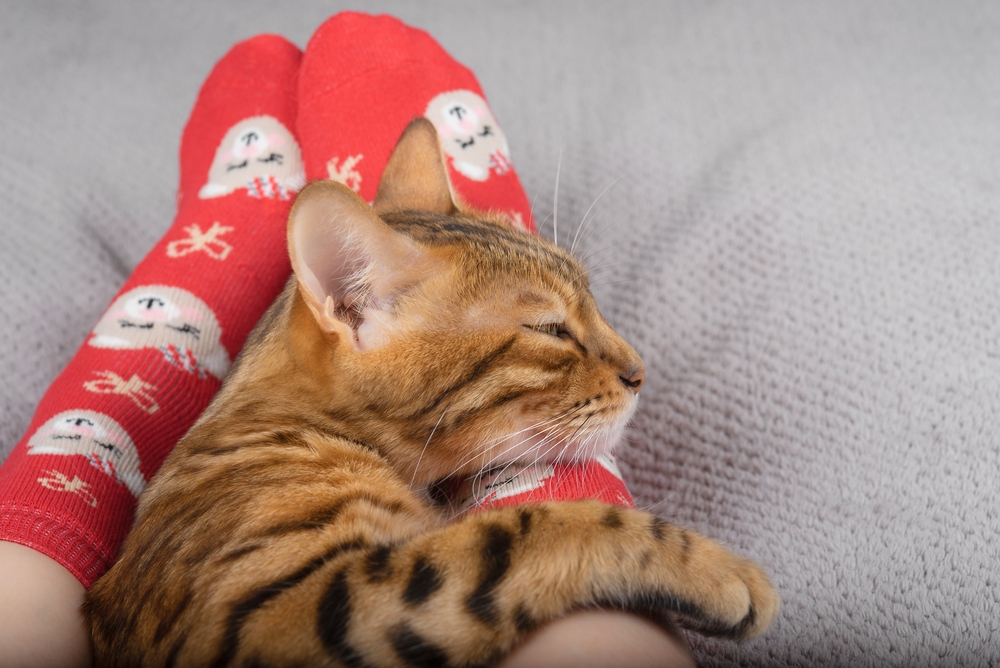
Sometimes. Bengal Cats can be great family pets for certain families. Families with large houses and responsible and active children who can engage with the cats can absolutely love a Bengal Cat. Inexperienced cat owners, people with small living accommodations, and families with small children might find Bengal Cats overwhelming. Bengal Cats can be willful, and they can scare or hurt small children who do not handle them properly. If you have never owned cats before, you will likely want to avoid Bengal Cats as your first option.
Do Bengal Cats Get Along With Other Pets?
Usually. Bengal Cats often get along with other pets. They enjoy the company of other Bengal Cats. Bengal Cats could antagonize or scare dogs for fun due to their nature. Some Bengal Cats can be too rambunctious or territorial to get along with other pets, but most of the time, they will learn to adapt. The biggest problem with blending Bengal Cats and other pets is the level of energy and chaos it can create, not necessarily the relationship between the different pets.

Things to Know When Owning a Bengal Cat:
Food & Diet Requirements 🐡
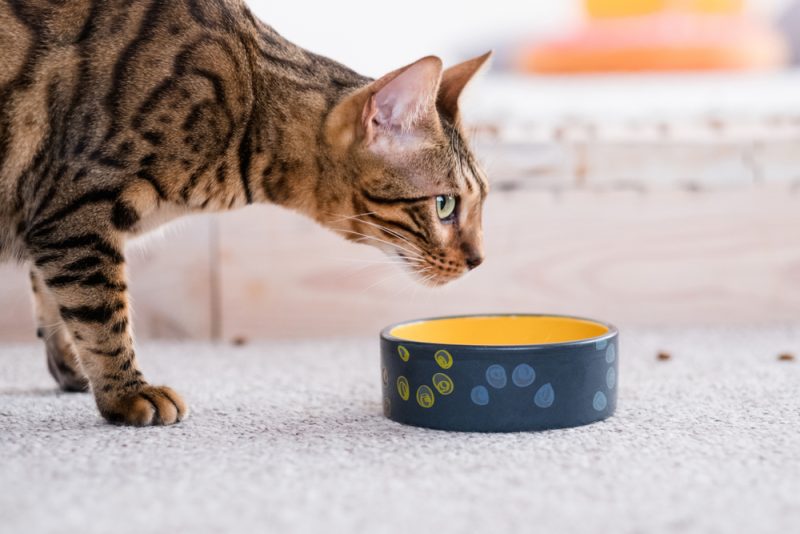
Bengal Cats prefer to eat multiple small meals per day rather than one large meal. You should feed your Bengal cat in small amounts two to three times per day. You don’t want to overfeed your Bengal Cat because that will make them more prone to obesity. Veterinarians recommend that Bengal Cats eat 2% to 4% of their body weight per day. Bengal Cats can eat formulated dry food or wet food, or a combination of both. The key to feeding your Bengal Cat is small meals, portion control, and quality food. Bengal Cats do not have any special dietary requirements outside of these basic tenets.
Exercise 🐈
Mental engagement and exercise is critical for Bengal Cats. These cats are highly intelligent, and they are driven to activity. This is especially true when they are young. Bengal Cats will need a way to get the proper amount of exercise to keep them calm. They will also need varied environments, toys, and stimulation. You will need to interact with your Bengal Cat on a regular basis and give them things to do when you are not home. If you do not provide the proper amount of stimulation to your Bengal Cat, they will often find things to do on their own, which often results in knocked-over valuables, shredded shoes, and other mischief. Bengal Cats are active cats and will not simply lay around all day. If you want a lap cat, you probably don’t want a Bengal Cat.
Training 🧶
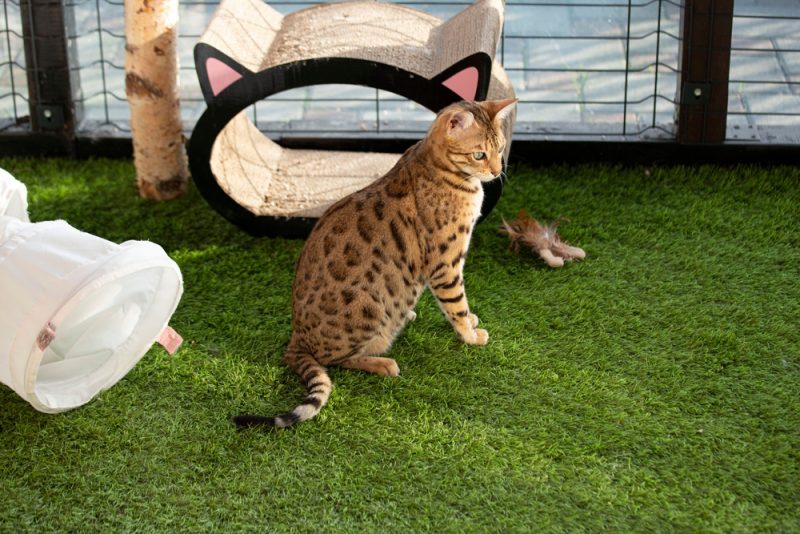
Bengal Cats require a large and varied environment to thrive, but training them is essential to help keep them under control. These cats will not do well in small spaces like apartments or rented rooms. They will do best in a large house with plenty of different rooms to explore. Bengal Cats will also do well with some verticality in their environments. They will enjoy cat towers or tall furniture to jump and climb. If you let your Bengal Cat outside, they might end up hunting and bringing home dead animals, so it’s important to supervise them, teach them how to walk on a leash, or provide an outdoor catio for them to keep them contained. Some Bengal Cats, due to their wild nature, might disappear for days on end or never come back at all, so this is another area where training them can come in handy, but you also want to make sure that they are microchipped. You have to have the proper environment and training for a Bengal Cat to be happy and healthy. Bengal Cats that are put in small environments will become mischievous or destructive.
- If you want to take your Bangal outside, a good quality car harness will ensure they’re safe. Check out our top picks here.
Grooming ✂️
Bengal Cats, like most cats, are excellent at keeping themselves clean. Bengal Cats have short and sleek hair that does not require any additional grooming. These cats will bathe and groom themselves with no input from their owners. You only have to become concerned if your cat stops grooming themselves. Cats that no longer groom themselves are usually suffering from some sort of health issue.
Health and Conditions 🏥
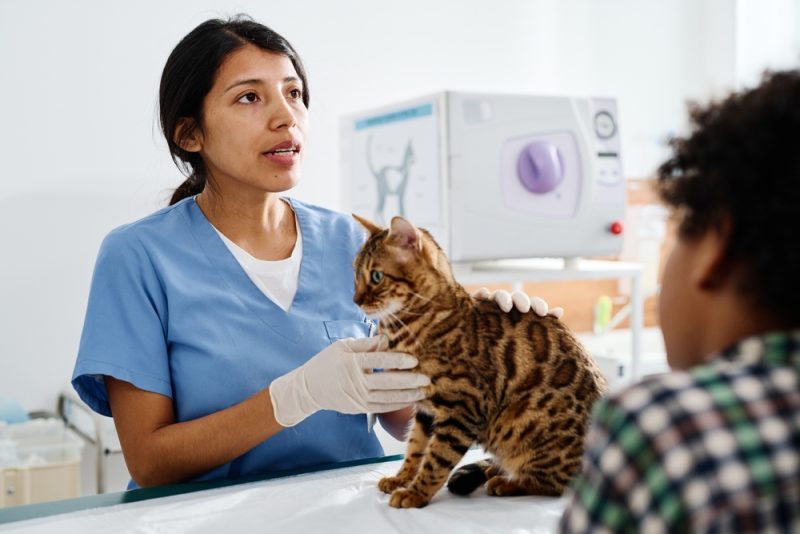
Bengal Cats are considered to be generally healthy as a breed. Bengal Cats have increased health due to the genetic diversity of the Asian Leopard Cat and the fact that the breed has not undergone extensive breeding like other breeds. The result is a cat that will have very few health issues to worry about. The major issue is hypertrophic cardiomyopathy, which is a rare heart condition affecting the actual heart muscle. It decreases your cat’s activity levels due to strain on the heart. The other major issues include retinal atrophy, which affects eyesight, and flat chested kitten syndrome, which is caught at birth.
Minor conditions include patellar luxation, which affects the knees, and hip dysplasia. Both of these problems are mobility-related but often fail to slow most cats down for long. Responsible breeders should be able to screen and correct nearly every potential health issue Bengal cats might face.
- Patellar luxation
- Hip dysplasia
- Pyruvate kinase deficiency
- Hypertrophic cardiomyopathy
- Progressive retinal atrophy
- Flat chested kitten syndrome (FCKS)
Male vs. Female
The biggest differences between male and female Bengal cats are in the size and build. Full-grown male Bengal cats tend to be heavier and more stout than female Bengals. Females tend to weigh 10 pounds or less, while there are some instances of male Bengal cats weighing nearly 20 pounds. In terms of temperament, both sexes are very similar. Males tend to pace and wander more than females, while females can be more prey driven than males. Overall, if you want a larger cat with a heavier build, you want to choose a male. If you want a leaner cat that weighs less and stands shorter, you want to pick a female.

3 Little-Known Facts About the Bengal Cat
1. Bengal Cats Are Half Wild Animal
The reason that Bengal cats are so crazy is that they are half wild cats. Bengal cats are a combination of domesticated shorthair breeds and the wild Asian Leopard Cat. Asian Leopard Cats are small wild cats native to Southeast Asia. They are very prevalent in certain regions and have been listed as animals of least concern by conservationists. In that way, Bengal cats are similar to cats that are bred with North American bobcats.
2. Bengal Cats Used to Be Called Safari Cats
Before Bengal cats secured an official breed standard and widespread recognition, people took to calling the new breed the Safari Cat. That is because Bengal cats tend to look like tiny leopards or cheetahs. Safari Cat was an unofficial moniker, and it was phased out after the breed attained official status under the name Bengal Cat. If you find old material about cats and see the term Safari Cat, they are likely talking about an early Bengal cat.
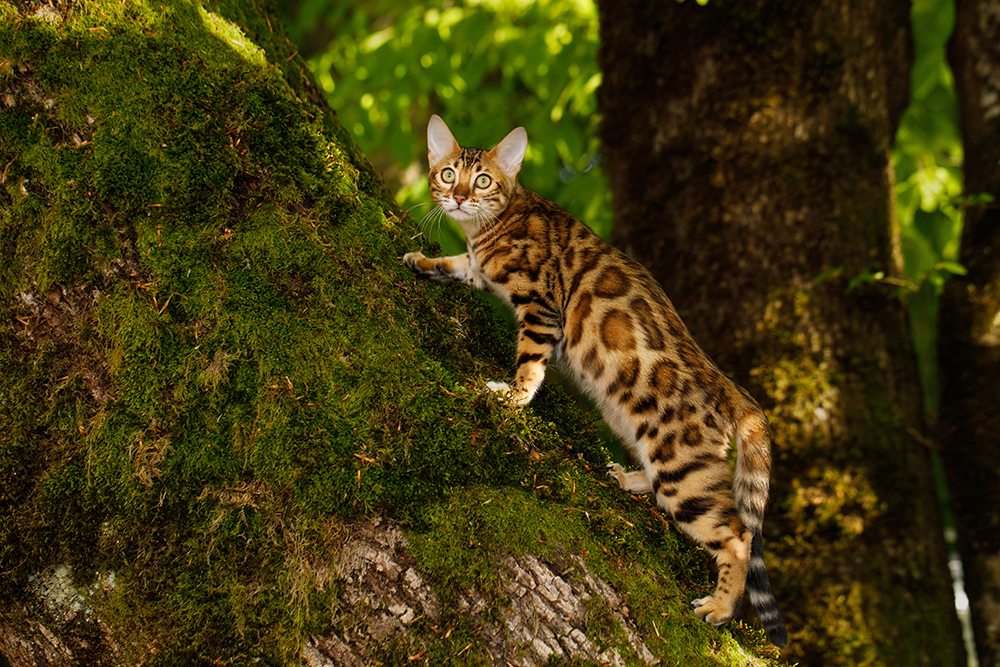
3. Bengal Cats Are a Relatively New Breed
Bengal cats are a recent breed. The earliest mention of someone breeding wild Asian Leopard Cats to native domestic cats comes in 1890. However, concerted breeding efforts were not started until the early 1970s. The breed was first recognized by The International Cat Association (TICA) in 1983. Despite the name, the Bengal cat got its start in the United States. After that, the breed took off in competitive circles and became more widespread starting in the 1990s. All things considered, that makes the Bengal cat a recent addition to the cat family since there are some cat breeds like the Siamese that have been around for centuries.

Final Thoughts
Bengal Cats can be incredible pets, but they won’t be a good fit for everyone. Bengal Cats need a lot of mental and physical stimulation in order to thrive. If you cannot provide Bengal Cats with the proper care and attention, they can get angsty and destructive. Bengal Cats can be a great project for experienced cat owners or families willing to put in the time and space to nurture a Bengal Cat. Bengal Cats might be overwhelming for new parents, people in small living spaces, or inexperienced cat owners. You will likely need to source a Bengal Cat from a breeder, and you can get more up-front information from a reputable breeder before making a final decision.
See Also:
- Snow Bengal Cat Breed Info: Pictures, Temperament & Traits
- Russian Blue/Bengal Mix Cat: Breed Info, Pictures, Temperament & Traits
- Bengal Cat Price: How Much They Cost
Featured Image Credit: Eric Isselee, Shutterstock
